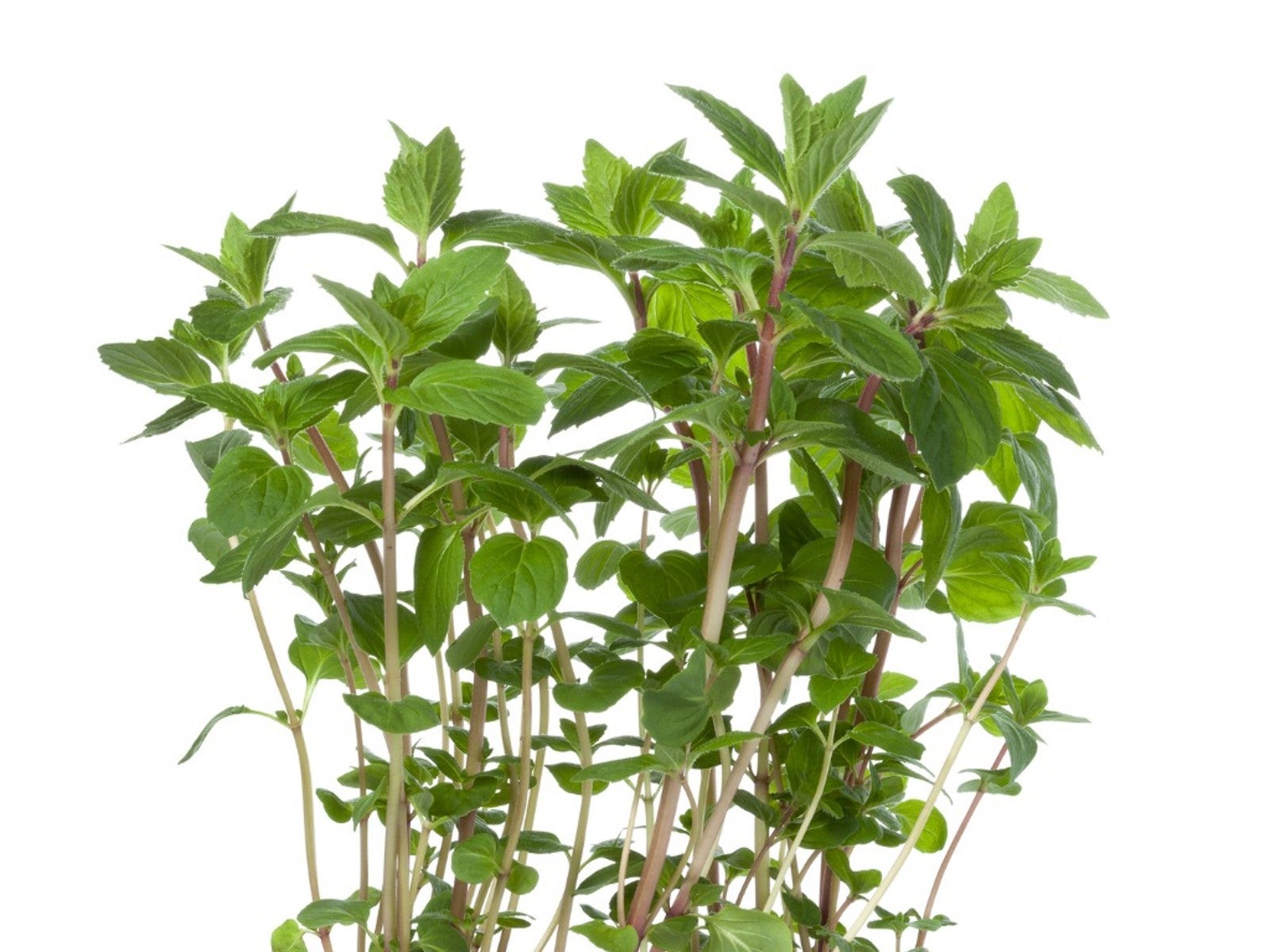Ginger Mint Herbs: Tips On Growing Ginger Mint In Gardens


You may know ginger mint plants (Mentha x gracilis) by one of their many alternate names: redmint, Scotch spearmint, or golden apple mint. Whatever you choose to call them, ginger mint is handy to have around, and the uses for ginger mint are many. Read on to learn about growing ginger mint in your own garden.
Growing Ginger Mint
Ginger mint plants are usually sterile and don’t set seeds, but you can propagate the plant by taking softwood cuttings or rhizomes from an existing plant. You can also purchase a starter plant at a greenhouse or nursery specializing in herbs.
These plants prefer moist, rich soil and full sun or partial shade. Ginger mint is suitable for growing in USDA plant hardiness zones 5 through 9.
Once established, ginger mint spreads by runners, and like most types of mint, may become aggressive. If this is a concern, plant ginger mint herbs in pots to reign in rampant growth. You can also grow ginger mint indoors.
Work 2 to 4 inches (5-10 cm.) of compost or manure into the soil at planting time. The plants also benefit from an application of compost or manure, along with a small amount of balanced garden fertilizer. Allow 24 inches (61 cm.) between plants to allow for growth.
Ginger Mint Plant Care
Water ginger mint regularly during the growing season, but don’t overwater, as mint is susceptible to disease in wet conditions. Generally, 1 to 2 inches (2.5-5 cm.) of water per week is ample, depending on soil type and weather conditions.
Fertilize once in early spring using a balanced fertilizer with a ratio such as 16-16-16. Limit feeding to about 1 teaspoon (5 ml.) of fertilizer per plant, as too much fertilizer reduces the oils in the plant, thus negatively affecting the flavor and overall quality.
Gardening tips, videos, info and more delivered right to your inbox!
Sign up for the Gardening Know How newsletter today and receive a free copy of our e-book "How to Grow Delicious Tomatoes".
Divide ginger mint herbs as necessary to prevent overcrowding.
Spray the plant with insecticidal soap spray if aphids become a problem.
Harvest ginger mint throughout the growing season, beginning when plants are 3 to 4 inches (8-10 cm.) tall.
Uses for Ginger Mint
In the landscape, ginger mint is highly attractive to birds, butterflies, and bees.
Like all types of mint, ginger mint herbs are high in fiber and a variety of vitamins and minerals. Dried mint is higher in nutrition than fresh mint, but both are delicious in teas and for flavoring a variety of dishes. Fresh ginger mint herbs make delicious jams, jellies, and sauces.

A Credentialed Garden Writer, Mary H. Dyer was with Gardening Know How in the very beginning, publishing articles as early as 2007.
-
 My Homemade Orchid Fertilizer Always Brings More Blooms – Here's The Easy Recipe That Transforms Plants
My Homemade Orchid Fertilizer Always Brings More Blooms – Here's The Easy Recipe That Transforms PlantsScientist-turned-gardener Mary Ellen Ellis shares her tried-and-tested DIY orchid fertilizer recipe, plus more ingredients to try for healthy, happy plants.
By Mary Ellen Ellis
-
 Looking For Plants To Give You The Soft And Fuzzies? Try These 5 Fuzzy Leaf Plant Options
Looking For Plants To Give You The Soft And Fuzzies? Try These 5 Fuzzy Leaf Plant OptionsLovers of texture, drama, silver foliage and tactile plants will adore these special sensory garden additions. These fuzzy leaf plant options will leave you all aglow
By Susan Albert